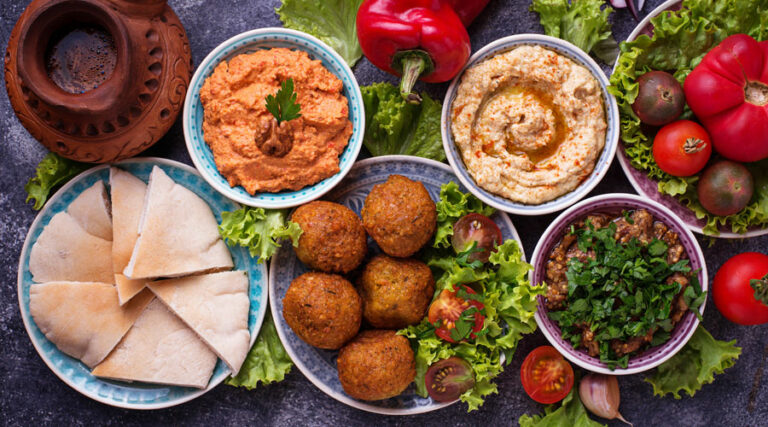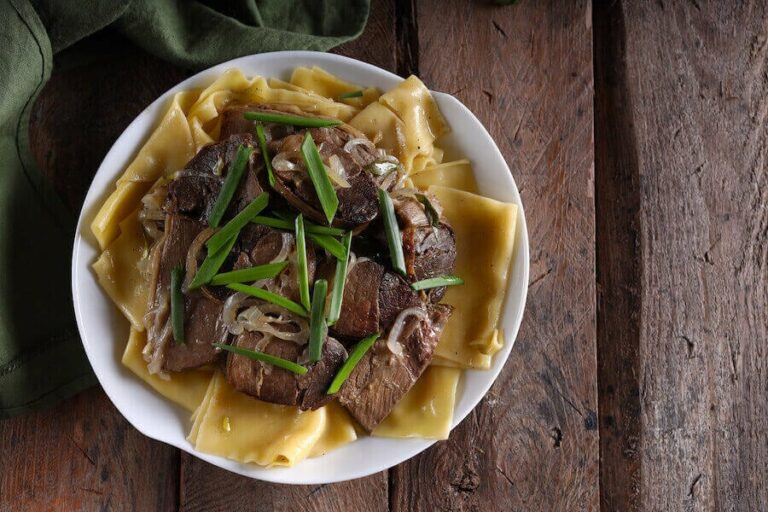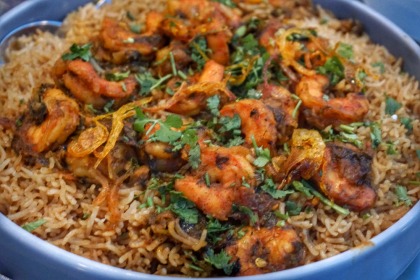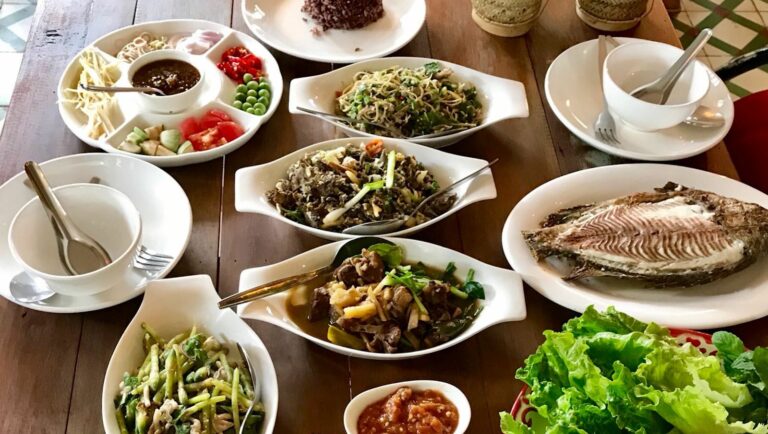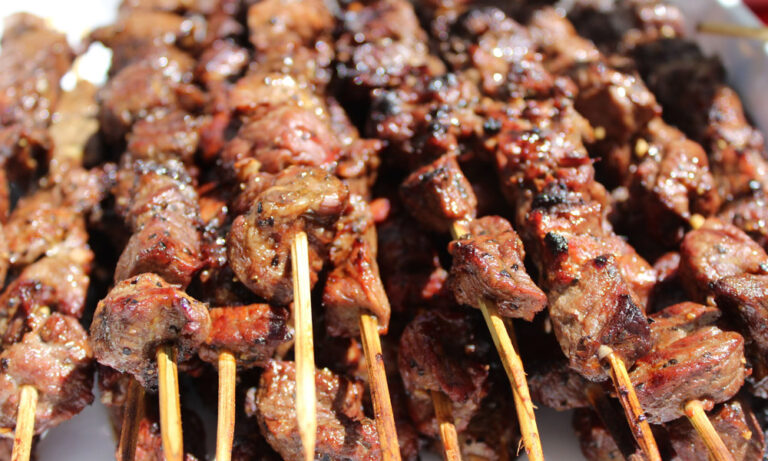Introduction: Hospitality as a cultural norm in Iraq
Hospitality is deeply ingrained in Iraqi culture and is often considered an essential part of daily life. Iraqi people are known for their warm and welcoming nature, and they take pride in their ability to accommodate their guests. Iraqi hospitality is not limited to just relatives and friends but also extends to strangers who are treated with the utmost respect and kindness.
It is not uncommon for a stranger to be welcomed into an Iraqi home and treated like family. Hosting guests is considered a duty, and providing them with the best possible experience is seen as an honor. This cultural norm is reflected in the way that Iraqis interact with each other and with visitors, making hospitality an integral part of Iraqi culture.
The Importance of communal dining in Iraqi society
Communal dining is an essential part of Iraqi society, where meals are viewed as an opportunity to bring people together. Iraqi families often sit together at meal times, with everyone sharing the same dish. This practice promotes a sense of togetherness and unity, and it is believed that eating together can help build strong relationships between family members and friends.
Communal dining is also an important way of showing generosity and hospitality to guests. When guests arrive in an Iraqi home, a lavish meal is often prepared, and everyone sits together to share the feast. This communal dining experience allows the host to showcase their culinary skills and demonstrate their generosity while also creating a comfortable and welcoming environment for their guests.
The significance of serving guests in Iraqi culture
In Iraqi culture, serving guests is considered a highly esteemed duty. The concept of “mehman nawazi” or hospitality is deeply ingrained in the social and cultural fabric of Iraq. When a guest arrives, it is customary to offer them refreshments and snacks, and once they are settled, a lavish meal is prepared in their honor.
Serving guests is seen as a way of demonstrating respect and appreciation for their company, and it is considered a privilege to be able to serve them. Guests are treated with the utmost care and attention, with their every need being met to ensure their comfort and enjoyment. This practice is a testament to the warm and welcoming nature of Iraqi people and their desire to make visitors feel at home.
The role of food in building relationships in Iraq
Food plays a significant role in building and maintaining relationships in Iraqi culture. Meals are seen as a way of bringing people together and strengthening bonds between family members and friends. Sharing food is considered an act of generosity and an opportunity to demonstrate unity and togetherness.
Iraqi cuisine is renowned for its rich and diverse flavors, and it is a source of pride for the people of Iraq. The preparation and sharing of food is considered an art form, and traditional recipes are often passed down from generation to generation. Food is an essential part of Iraqi culture, and it is used to celebrate special occasions, express gratitude, and strengthen social ties.
The etiquette of dining in Iraq: Customs and traditions
In Iraqi culture, there are several customs and traditions surrounding dining etiquette. When sitting down for a meal, it is customary to wash one’s hands and say a prayer before eating. It is also polite to wait for the host to start eating before beginning the meal.
Traditionally, diners sit on the floor around a large communal dish, with everyone using their hands to eat. The head of the household is typically served first, followed by guests and other family members. It is considered impolite to refuse food that is offered, and it is customary to accept second or even third helpings as a sign of appreciation.
Conclusion: Hospitality as a pillar of Iraqi culture
In conclusion, hospitality is a fundamental aspect of Iraqi culture that is deeply ingrained in the social and cultural fabric of the country. The importance of communal dining, serving guests, and the role of food in building relationships is a testament to the warm and welcoming nature of Iraqi people.
The customs and traditions surrounding dining etiquette demonstrate the value that is placed on hospitality and the desire to create a welcoming and comfortable environment for guests. Hospitality is not just a cultural norm in Iraq, but a way of life that reflects the generosity, kindness, and warmth of the Iraqi people.


